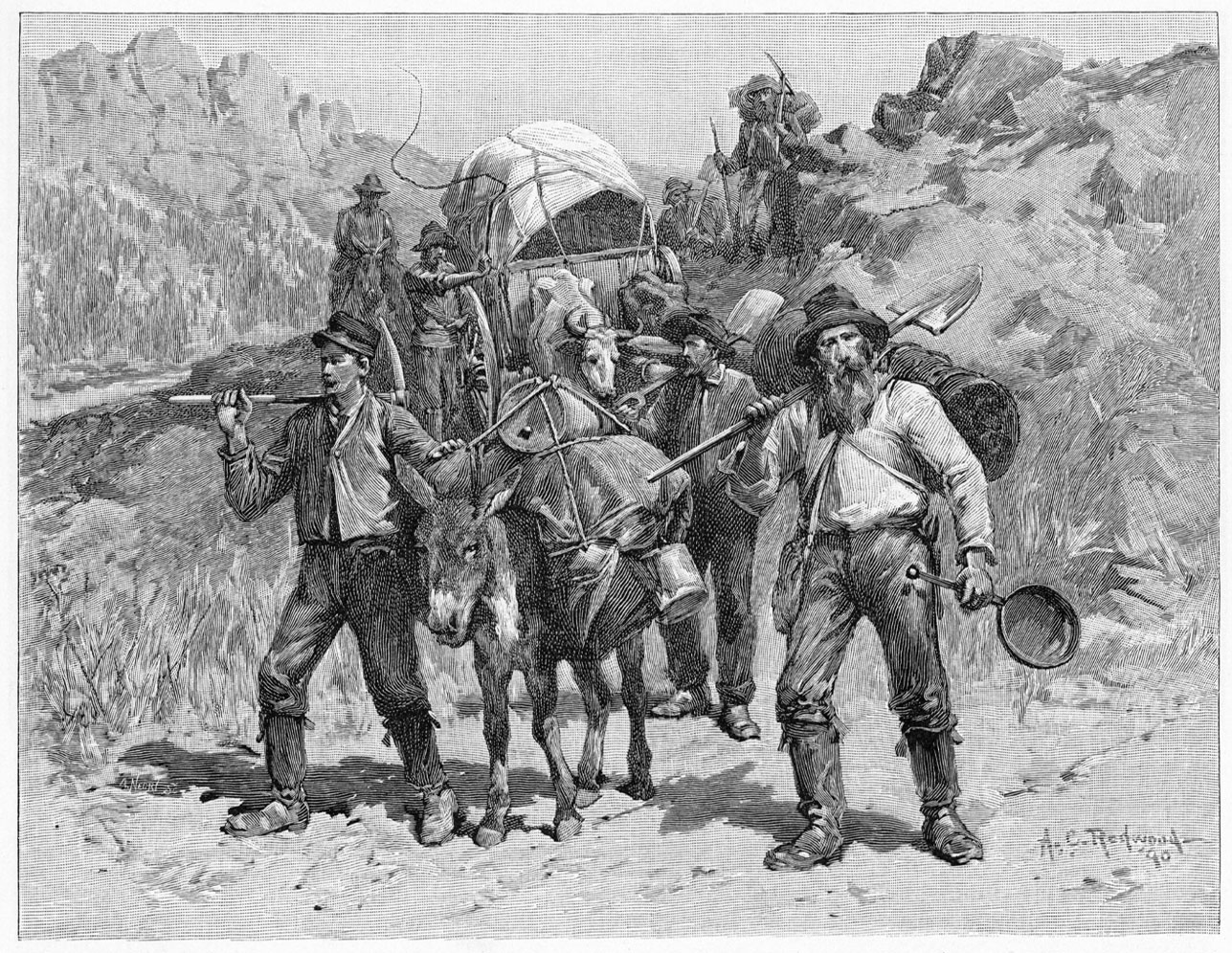Most of our society considers modern US coinage no better than standard pocket change and discounts the piece of history in their hands.
We usually don’t give the money we spend a second thought, but the feeling is more tangible when coins and paper bills exchange hands. In the past, physical coins, also known as ‘specie,’ contained gold or silver bullion that directly backed its face value.
But today, most of our daily transactions occur in the digital landscape.
So really, who can blame them for feeling this way?
Today we’ll take a look at the history of United States currency and how US bullion coins became a separate class of money.
Alright, let’s get started.
Birth of American Minting
The Founding Fathers understood the importance of having an established currency, and early US Treasury efforts devoted the proper attention. The new nation still mainly transacted with foreign currency, prompting the passage of the Coinage Act of 1792, and founded the Philadelphia Mint to standardize the nation’s money. This Philadelphia facility became the first branch of the expansive operation we now know as the US Mint. The US Mint moved swiftly and determined standard denominations for various copper, silver, and gold coins. Mint production ramped up shortly after that.
US Mint expansion was first motivated by gold exploration to the South and then Westward, with pioneers chasing the prolific gold rushes of those eras. Early gold discoveries in Georgia and North Carolina spurred expansion into those territories and sprouted new mints by 1835 in New Orleans, LA, Charlotte, NC, and Dahlonega, GA. In 1854, the San Francisco Mint was built to process the avalanche of fine gold flowing into the city from the Sierra Nevada and minted millions of ounces of “forty-niner” gold.

In the late 1850s, prospectors descended on Colorado to mine the gold-rich pay dirt, and the Denver Mint was commissioned in 1862 to refine and test gold bars. Denver acted as an assay office until the US Mint outfitted them with a minting press in 1906. The Carson City Mint, best known for its highly collectible Silver Dollars, began minting in 1870 to handle the staggering amount of silver ore extraction from the Comstock Lode.
The US Mint erected nine separate minting facilities across the nation, including a short-lived outpost in the Philippines. Of the original nine mint facilities, four remain and operate today, including Philadelphia, San Francisco, Denver, and West Point, New York. Seven regional Assay offices were also set up to test and keep checks over the national bullion stock but were closed over the years due to decreased mining output. The New York Assay Office was the final holdout, operating until 1982. It’s worth noting that the world-famous United States Bullion Depository, better known as Fort Knox, provides secure storage for the mint’s bullion reserves. Still, the total amount is a closely guarded secret.
The End of the Gold Standard
President Franklin Roosevelt first curtailed our nation’s hard-money policies in 1933 with the removal of US gold coinage from circulation. Congress dealt a similar setback in 1965 when they removed silver from US circulated coinage. Mintages continued, but the US Mint replaced the underlying silver commodity with a more cost-effective, copper-nickel alloy.
The gold window was finally closed in 1971 when President Richard Nixon unilaterally ended the convertibility of the US Dollar into gold bullion. Foreign nations could no longer convert their excess US dollar reserves into gold bullion, and the Fiat Monetary System had begun.
Students of monetary history lament the end of this long-standing, sound money tradition.
Modern Bullion Era
After President Gerald Ford restored private gold ownership in 1975, it was only a matter of time before the US Mint stepped in to fill retail demand. And in 1986, the American Eagle Coin Program relaunched American bullion with the Gold & Silver Eagles, creating the world’s most recognizable bullion coins. The US Mint also introduced Platinum Eagles in 1997 and Palladium Eagles in 2017, although in more limited quantities. Annual demand consistently reaches tens of millions of Silver Eagles and approximately one million Gold Eagles.
The US Mint details its stringent bullion production process in this video:
In 2006 the US Mint added the 1 oz Gold Buffalo coin to its lineup. The flagship Gold Eagles are minted exclusively from 22-karat gold, making the Gold Buffalo a noteworthy inclusion and the only 99.99% pure gold coin from the US Mint. Each year, both coins expect robust mintages, with the Gold Eagle still consistently pulling ahead of the Gold Buffalo. Both coins are beautiful additions to your metals portfolio and are considered interchangeable IRA-qualified products. The state-of-the-art West Point facility carries out annual production of all US Mint gold bullion.
In 2021, the US Mint issued mid-year redesigns of the American Gold & Silver Eagle coins. The US Mint completely refreshed each coin’s reverse and added new elements to make the current designs even more accurate to the original blueprint. The US Mint also introduced a new security feature to deter counterfeiting on its premier bullion products. These notable changes mark the 35th anniversary of the program and will remain in use for many years.
Looking ahead: The Future of the US Mint
US Mint products experience strong demand stateside and typically command a premium. But with that premium comes a superior bullion product that is universal and recognizable to precious metals investors. The standard range of US Mint Bullion products also resells for top-dollar if and when that time arrives. It’s not easy to place a value on that type of security and peace of mind. The US Mint refuses to rest on its laurels and will continue to mix the old with the new in ways that amaze casual fans and enthusiasts alike.
A rich pedigree backs each US coin, and with the current plan in place, the US Mint has an even brighter future ahead.
